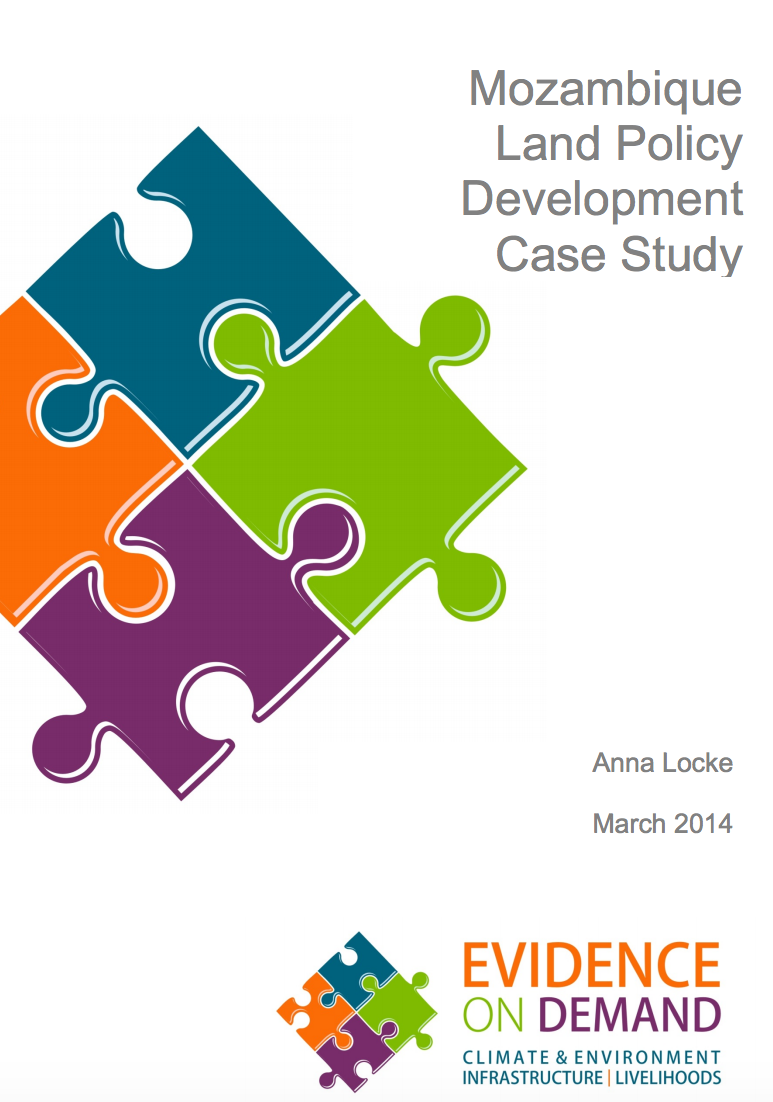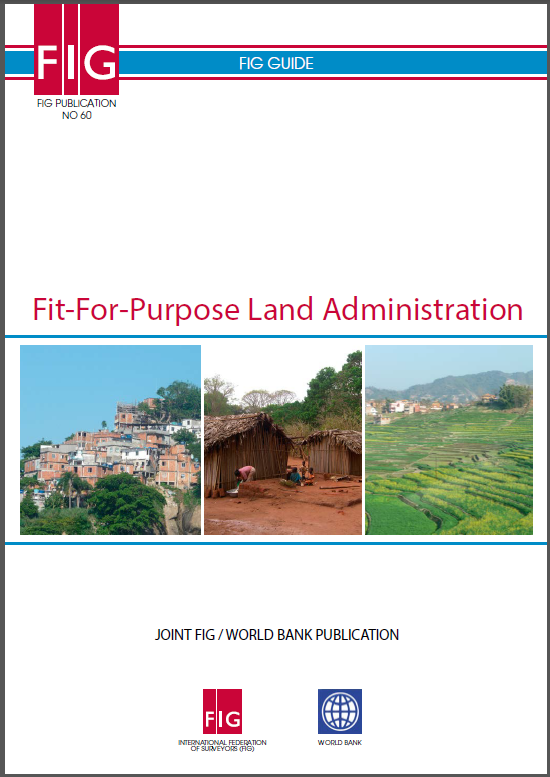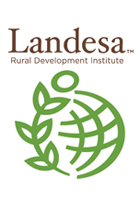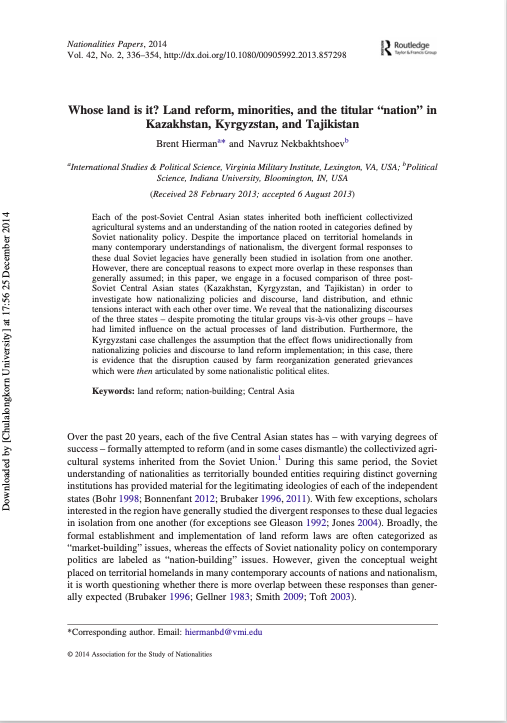Sub-decree No. 110 on Cutting, Donating and Reserving 244.6207 hectares of ELC in Ratanak Kiri province.
Cutting 244.6207 ha in Tar Ngar village of Nharng commune in Andoung Meas district of Ratanak Kiri province from ELC of Hoang Anh Oyadav; Donating 217.9790 ha to 66 families; Reserving 26.6417 ha for physical infrastructure development; and Granting ownership to 95 private land parcels.








